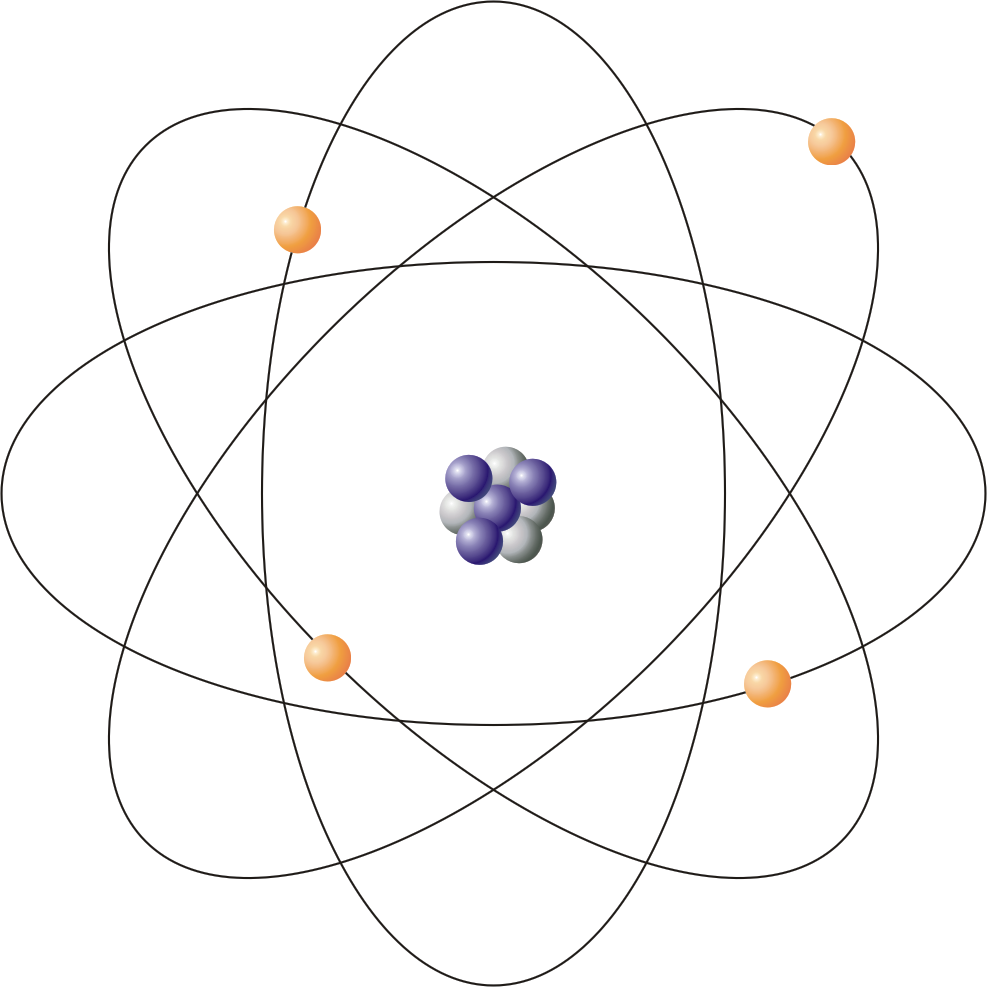In the rapidly evolving fields of quantum physics and atomic scale manipulation, recent advancements have ushered in the enthralling possibility of atom lasers. These novel instruments hold profound implications for metrology, enabling precision measurements with matter waves. The concept of an atom laser, akin to its photon-emitting counterpart, harnesses the distinctive characteristics of atoms behaving as coherent matter waves. This intertwining of quantum mechanics and engineering invites an exploration of the potential repercussions of this technological innovation.
The genesis of atom laser technology can be traced back to breakthroughs in Bose-Einstein condensates (BEC), states of matter that emerge at temperatures near absolute zero. In this regime, atoms commence a collective dance, descending into a shared quantum state that nullifies individual differences. The ensuing coherence enables the formation of atom lasers, whereby a stream of low-energy particles can be coaxed into a coherent beam. This coherence, much like the synchronicity in a finely-tuned orchestra, is what sets atom lasers apart, allowing them to be utilized in applications ranging from precision measurement to quantum computation.
Unlike classical lasers that emit photons, atom lasers produce a beam of neutral atoms. This transition from light to matter offers advantages largely unexplored in traditional photonic devices. Neutral atoms, due to their ability to interact with other atoms and external fields without being influenced by electrical charges, lead to distinct advantages in controlling interactions. The ability to create a coherent beam of atoms opens a portal into understanding fundamental questions in physics and probing the depths of quantum behavior.
By emitting matter waves, atom lasers can be employed in precision measurements, surpassing the limitations associated with conventional measurement paradigms. The essence of measurement in quantum mechanics often hinges upon the Heisenberg Uncertainty Principle, which illustrates the intrinsic limitations in simultaneously measuring specific pairs of complementary variables, such as position and momentum. Nevertheless, the interference patterns arising from atom lasers facilitate enhanced measurement capabilities. In essence, they enable scientists to visualize the unseen worlds that exist at minute scales.
One of the primary applications of atom lasers is in the domain of inertial sensing. With the principles of quantum interference at play, an atom laser can serve as the core of an atomic gravity gradiometer, thereby allowing for unprecedented precision in mapping gravitational fields. Consider an atom laser likened to a finely-tuned compass, effortlessly detecting minute changes in the gravitational landscape. This ability to delineate subtle environmental variations holds profound implications ranging from geophysical surveys to monitoring subterranean activities that evade conventional detection methodologies.
Moreover, the intersection of atom lasers and quantum technologies sparks excitement within the field of quantum information systems. The exigent need for improved qubit systems can be addressed through the use of atom lasers, wherein the atomic coherence can be manipulated to create robust qubits. Herein lies an intriguing metaphor: atom lasers can be envisaged as architects, constructing intricate frameworks that support the burgeoning edifice of quantum computing. This approach could fundamentally alter the power and efficiency of quantum calculations by enhancing error rates and increasing computational capabilities.
The allure of atom lasers also extends to fundamental research in quantum mechanics and particle physics. The experimental realization of atom lasers paves the way for probing the mysteries of quantum systems. By manipulating and measuring coherent matter states, physicists can glean insights into phenomena such as decoherence, entanglement, and the very nature of quantum reality itself. These investigations must be likened to embarking on a cerebral odyssey, where the fabric of existence is examined under illuminated scrutiny.
Nonetheless, challenges remain. One of the predicaments associated with atom lasers is maintaining coherence over extended periods and distances. Achieving long-range coherence necessitates combating decoherence from environmental factors—an endeavor akin to navigating tumultuous seas with a fragile vessel. Researchers continue to innovate, devising strategies such as utilizing optical lattices or creating exotic matter states that extend the intactness of the atom laser beam. Such advances are instrumental in ensuring that the dream of scalable quantum technologies and precise measurements can fully materialize.
In summation, the emergence of atom lasers shines brightly as a beacon of possibility within the domains of quantum physics and applied metrology. By harnessing the potent symmetry between quantum mechanics and engineering, this technology is not merely a scientific curiosity; it signifies a paradigm shift that stands to enhance our understanding of the universe and refine our technological prowess. As physicists embark on this profound journey, atom lasers will undoubtedly illuminate the fringes of our comprehension, unlocking a treasure trove of knowledge that has the potential to reshape myriad fields. The horizon is replete with the promise of developments that await realization, wherein the marriage of coherence and precision opens venerable doors to a dimension of science yet unexplored.












